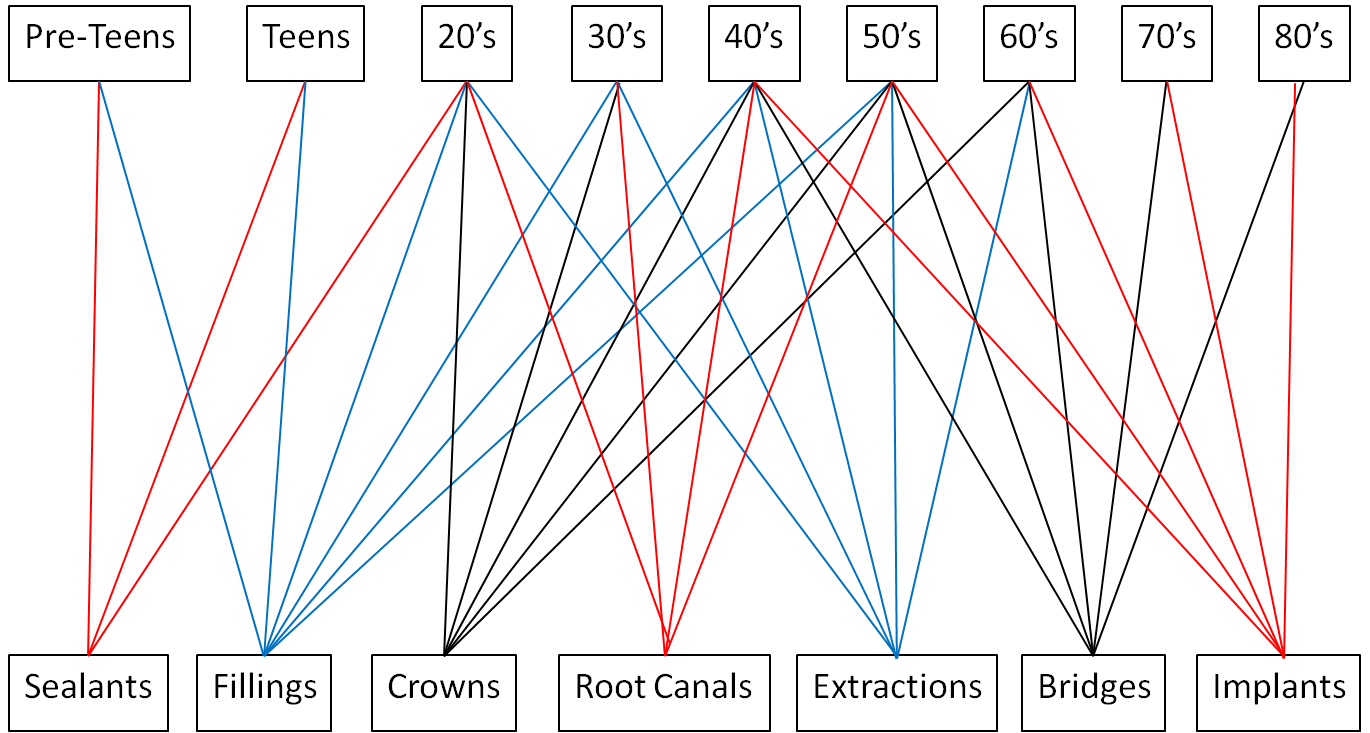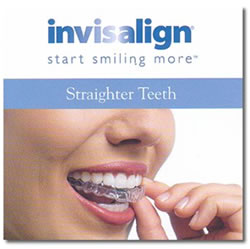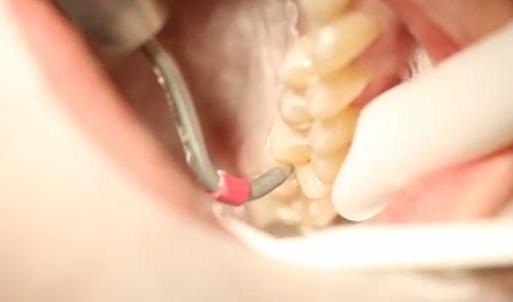Biomimetic dentistry is a discipline which treats compromised
teeth without destroying healthy tooth structure. Using conservative preparation and advanced Bonding techniques means that only decay is removed
and tooth vitality is maintained. Biomimetic dentistry is
In traditional dentistry using mercury/silver amalgam, much of the tooth is sacrificed for the benefit of the restoration material. Dr. Margaret Ames put together a clear and concise video explaining the problems with amalgam restorations. Biomimetic dentistry values the life of the tooth over the life of the restoration.
Quoting Dr. James Bader of the UNC School of Dentistry in a 2011 article in the NY Times: "Every time a dentist drills into a tooth, you're condemning that person to a refilling years down the road." That is almost always the case with mercury/silver amalgams.
That's because the minute you leave the dental chair, the process of re-infection begins. With temperature changes, amalgams expand, crack teeth and provide pathways for bacteria to get under the restoration and continue the process of decay from the inside. And quoting Dr. David Alleman, "When an amalgam [restoration] fails, almost always you have a much bigger problem than you started with." Stated another way, yesterday's treatments cause tomorrow's more advanced problems.
Amalgam restorations are an easy and relatively inexpensive treatment for dental decay. And, while they are considered in
many circles as safe and effective, the larger question is "At what cost to the tooth?". Consider these numbers:
- Each year in the US, there are an estimated...
- 15,000,000 root canals
- 29,500,000 crowns
- 30,000,000 extractions
- 9,400,000 bridges
The reason for a majority of these procedures are, for the most part, because of the failure of previous restorations. In other words, with restorations done biomimetically, the numbers of procedures noted above could likely decrease by 80% or more!
Both the formula for amalgam and the techniques for placing them (still in use today) were defined by G.V. Black in the late 1800's. Even composite-resin restorations (white fillings) allow the process of decay to continue due to
their low tolerance to the pressures of chewing, their shrinkage over time (enabling microleakage) and their estimated
short life span (4-6 years). If restorations are done biomimetically, a majority of the above types of procedures
could be avoided. And, over the lifetime of a single tooth, thousands of dollars would be saved.
So, what does a conventional filling cost?
A 2013 study by the PEW Trusts estimated the lifetime costs for just one molar at around $6,105!
Want to better understand the costs of conventional dentistry and the savings that are possible? If you live in the U.S., explore the economics for yourself and maybe even take some action.
Biomimetic restorations last longer, prevent recurrent decay and maintain the oral anatomy the body expects. Further, dentists
who perform biomimetic dentistry report a 75%-80% reduction in root canal therapy and crowns. Thus,
the repair/replace/repair cycle is broken. This not only contributes to good oral health but also
better systemic health.
See this National Institutes of Health
executive summary
and
full report
which speak to the link between oral health and systemic health.
Below is a visual explanation of this repair-replacement-repair cycle:

The only way dentistry will change is by patients asking for better alternatives.
|
Listen to a clear and concise, patient oriented interview with Biomimetic Leader Dr. David Alleman on The Kat James Show on Jan 5, 2013.
Dr. Alleman's radio interview (mp3 file) begins at 5:00 minutes into this audio and continues again at 16:30 minutes. At the end of this interview, you'll know just how large a bacterium is and what it's up against trying to find its way into teeth that have been biomimetically restored. |
If your dentist is not practicing Biomimetic Dentistry, ASK WHY!
Then, point them to www.findabiomimeticdentist.com.
Many Dental schools are now offering either required or elective courses in Biomimetic Dentistry.
- In the United States at the USC School of Dentistry, Biomimetic Dentistry is not optional but rather, a part of their embedded curriculum.
UMDNJ, Loma Linda Univ, The Univ of Iowa and NYU are all now including curricula for minimally invasive restorative dentistry. - In Europe, The Univ of Geneva - Switzerland, Nijmegen Univ - Netherlands and Catholic Univ of Leuven - Beligum are all offering the same.
Please read our FAQ for answers to common questions.


